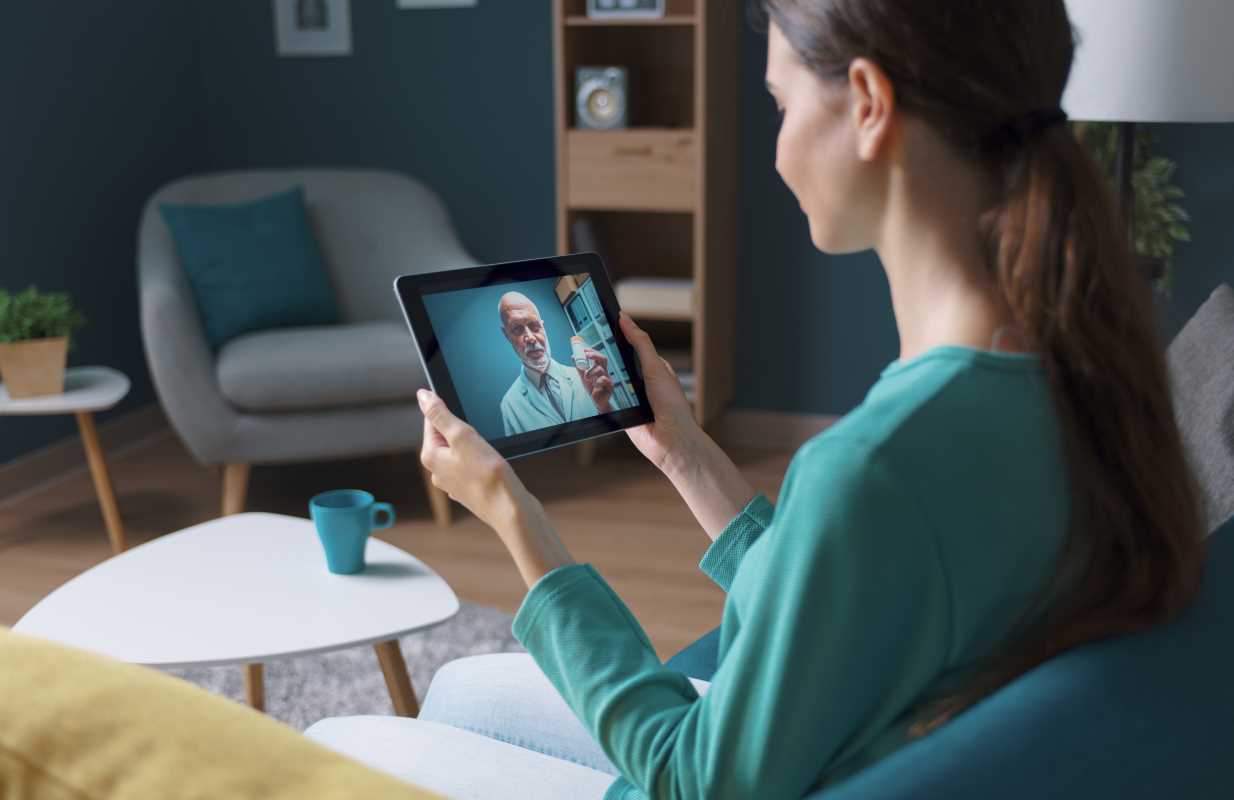Telemedicine, once a niche element of healthcare, has rapidly evolved into a mainstream solution, dramatically altering how patients access medical services. This transformation has been especially pronounced since the COVID-19 pandemic, necessitating a swift adoption of virtual healthcare solutions. As we look toward the future, telemedicine promises to further revolutionize healthcare delivery by enhancing accessibility, convenience, and efficiency.
The Rise of Telemedicine
Telemedicine involves the use of digital technologies to deliver healthcare services remotely. This approach gained significant traction during the pandemic as lockdowns and social distancing measures limited face-to-face interactions. Virtual consultations became a lifeline for patients needing medical advice without the risk of exposure to the virus. This surge laid the groundwork for a broader acceptance and integration of telemedicine into standard healthcare practices.
Benefits of Virtual Healthcare
The advantages of telemedicine are manifold:
- Increased Accessibility: Telemedicine erases geographical barriers, providing access to healthcare for individuals in remote or underserved areas. Patients no longer need to travel long distances to see specialists or receive routine care, which is particularly beneficial for those with mobility challenges or chronic conditions.
- Convenience and Flexibility: Virtual consultations offer unparalleled convenience, allowing patients to schedule appointments at times that suit their lifestyle. This flexibility is especially valuable for busy professionals and parents.
- Cost-Effectiveness: Telemedicine reduces travel, childcare, and missed work costs. For healthcare providers, it can decrease overhead by minimizing the need for physical space and resources.
Technological Advancements Driving Telemedicine
Several technological innovations are propelling telemedicine forward:
- Artificial Intelligence (AI): AI enhances diagnostic accuracy and personalizes treatment plans. Machine learning algorithms can analyze vast datasets to identify patterns and predict health outcomes, supporting clinicians in decision-making processes.
- Wearable Devices: Health-monitoring gadgets, such as smartwatches and fitness trackers, allow continuous tracking of vital signs, providing real-time data that can be shared with healthcare providers for ongoing health assessments.
- Secure Communication Platforms: Advances in telecommunication technologies ensure that virtual interactions are secure and reliable, addressing data privacy and integrity concerns.
Challenges and Limitations
Despite its promise, telemedicine faces several obstacles:
- Privacy Concerns: Protecting patient data during digital transmission is crucial. Ensuring compliance with regulations like HIPAA is essential to maintaining patient trust.
- Digital Divide: Not everyone has equal access to the technology required for telemedicine. Bridging this gap is vital to ensure equitable access to virtual healthcare services.
- Regulatory Hurdles: Varying regulations across regions can complicate the delivery of telemedicine services, requiring careful navigation to ensure compliance.
The Path Forward
Telemedicine is poised to play a pivotal role in the healthcare landscape. Future developments may include more sophisticated AI-driven diagnostics, expanded remote monitoring use, and virtual reality integration for immersive patient care experiences. As technology advances, telemedicine will likely become more personalized and predictive, focusing on preventive care and early intervention.
Telemedicine is transforming patient access to healthcare by breaking down traditional barriers and offering innovative solutions. While challenges remain, the continued evolution of technology and strategic policy-making will be key to unlocking the full potential of virtual healthcare. As telemedicine becomes an integral part of healthcare delivery, it will undoubtedly shape a more accessible, efficient, and patient-centered future for healthcare systems worldwide.
 (Image via
(Image via





.jpg)